Digital assets gaining the upper hand in sports sponsorship
Over the last three years, the Indian sports scene has witnessed a mushrooming of leagues other than cricket. For a country where cricket is a religion, it is nothing less than miraculous. However, for people studying and observing the trends behind the scenes, this is in no way harmful for the Indian Premier League (IPL), which continues to dominate the cash flow into the Indian sports market.
“India, with the population that it possesses, is an ideal market for multiple sports properties,” noted Hitesh Gossain, CEO, Onspon.com. “Sports sponsorship in India in 2016 has grown 12.3 per cent to Rs 5185.4 crore from Rs 4616.5 crore in the previous year. But as usual, the biggest kid on the block is the IPL. It has grown by 13.9 per cent and contributes Rs 529.50 crore to the overall sponsorship pie.”
Brands are now looking beyond the television air-time that is guaranteed once they appear on the jersey on any IPL team. Over the past few seasons, brands have been closely analysing avenues to directly touch their target audience; something that is not always guaranteed via television based branding.
“As a brand, what we seek via a platform as big as the IPL is an opportunity to engage with our target segment. The IPL as a sports property has attached millions of fans over a very varied diaspora, which has made it all the more vital for us to leverage such opportunities,” explained the Marketing Head of a leading mobile brand in the country who chose to remain anonymous. “Nowadays, the word ‘Sponsorship’ is getting replaced by the word ‘Partnership’. We consider ourselves to be partners with the team that we choose to tie up with.”
One such leading avenue is the varied digital extensions on offer. The IPL teams have aggregated millions of footprints on social media. Their numbers on Facebook, Twitter, Instagram and YouTube are mind-boggling and are a potential gold mine for prospective sponsors. Kolkata Knight Riders (KKR) on its Facebook page alone has over 13 million followers, a number that substantiates the might of their reach.
Gossain further said, “Mobile devices have become a second screen for almost 65 per cent of the people who ingest sports content. Social media is now playing an enormous role in the way the audience is engaging with their favourite sports teams. If you are a brand and you want to reach out to a particular segment on social media, you will have a invest a good chunk in order to get sustained returns. However, piggybacking on a sports team’s digital reach is becoming a new channel for brands to register their impact. Companies like Facebook and Twitter are working very closely with teams and leaving no stone unturned to enhance their online viewership.”
This methodology has already been used in established global leagues like the English Premier League, where brands power the selection of high-performing digital assets like a full-time score or a team line-up. One such example is Nissan, which has partnered with Manchester City FC. During every game, Nissan powers the Best Performer of the Day posts on social media. This alone gives them a reach of close to 2 million on a day that Manchester City FC wins and an impressive return of 800,000 on a bad day. Technology companies like Strontium (an Indian Technology Hardware company) have waded into the digital waters and are experiencing the results first hand via their tie-up with KKR. Smartly tying in crowd engagement to raise awareness about their brands via KKR’s social media posts has seen their brand identity increase ever since the IPL has started.
Britannia 50-50 has also jumped onto the band-wagon and comes with hilarious GIFs (moving graphics) based on the Royal Challenger Bangalore (RCB) players before every game. Tugging at the audience’s funny bones, these posts have seen an average viewership of 100,000 for each individual post.
As the season progresses, we are sure to see more and more brands take the plunge and leverage the enormous benefits of the digital extensions owned by the IPL clubs. With a predicted forecast of an explosive 25 per cent increase in social media traffic by 2017, digital assets will be a blue-chip trump card for several return savvy brands over the next few years.




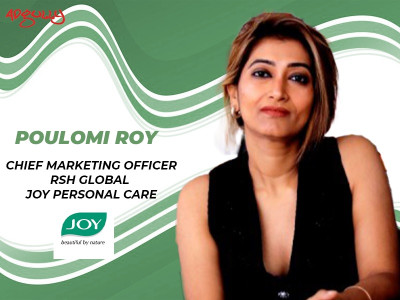
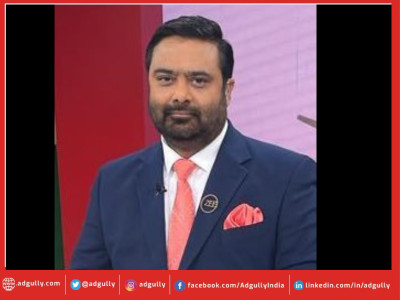

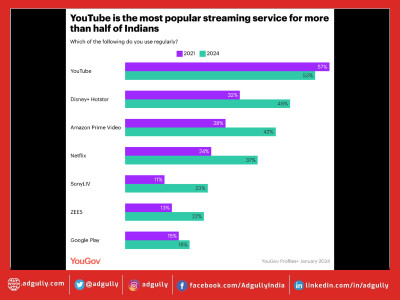
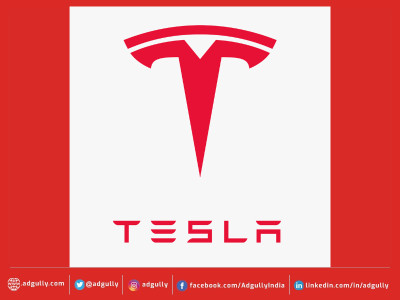
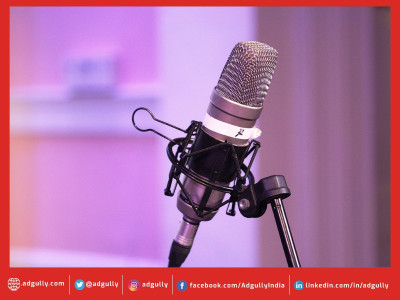
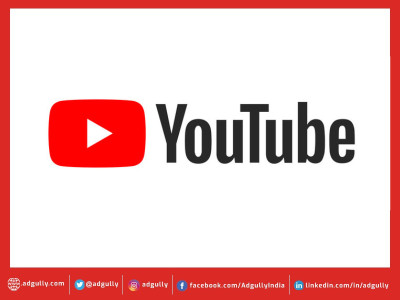
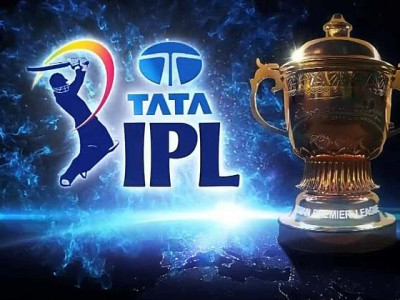
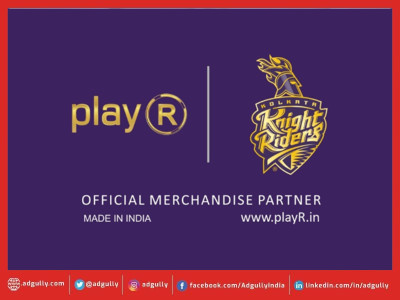
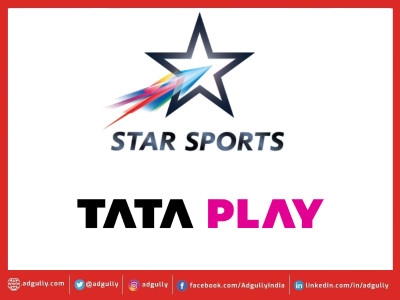

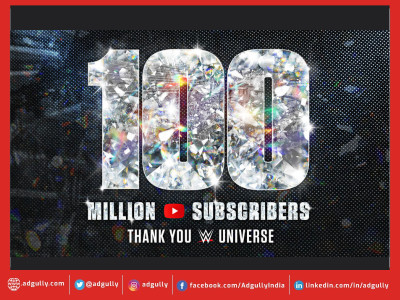


Share
Facebook
YouTube
Tweet
Twitter
LinkedIn